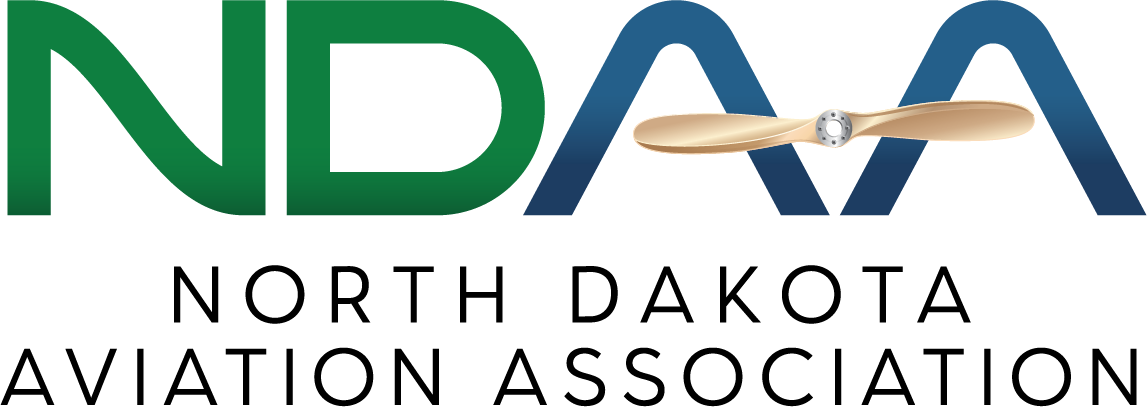
By Jason Myrvik, Midland Door Solutions General Manager
It’s a beautiful day for flying. The flight plan is filed and airplane checks are done. A push of a button and the hangar door will open to the airfield.
That’s how it should happen. But, without regular maintenance checks, there could be a headache ahead rather than blue skies.
As with any moving piece of equipment, regular hangar door maintenance checks and services will prevent problems and the downtime and expense that come with them. After all, it’s much cheaper and faster to prevent a problem than to fix one. These tips will help do just that.
Take a wide-angle view. Before each use, look over the whole door for any damage. Ensure the hinges, rollers and structure all appear serviceable.
Examine the movement mechanisms. On bi-fold doors, ensure the cables or straps track correctly over the drum before each use. Each month do a closer visual inspection of the cables or straps to look for frays, tears or breaks. Check the cable tension by pulling each away from the door while it’s closed, ensuring the straps are equally taut. Confirm, too, that the cables or straps hold the door in a straight, vertical position when it’s closed. If any adjustments are needed, be sure to do it while the door remains closed. For hydraulic doors, inspect the lines, hoses and cylinders for leaks, and repair anything that’s out of spec.
Grease and oil. Each year grease the door’s operating mechanism and lubricate the hinges. On hydraulic doors also check the oil reservoir before operation and, if it’s low, refill with hydraulic fluid. Also inspect the gearbox fluid level and drive chains for proper alignment. If the gearbox is low on lube, check that none of the seals are leaking, and then follow the manufacturer’s instructions for viscosity and quantity of gear lube. The drive chains should be lubricated every six months, if needed.
Latch on to durability. If the door does not have automatic latches, make sure the manual ones fully disengage before opening. Some manufacturers simplify this maintenance point by using a single manual latch rather than two. No matter the number or style, ensure the latches remain tight against the door jamb, which will prevent potential injury or damage in strong winds.
Look and listen. When opening and closing the door, watch the motor and brakes to ensure both are not over-working or dragging. Listen for anything that sounds different from the norm. If something sounds off, consult the owner’s manual or call the dealer or manufacturer.
Put the brakes on. While closing the door, hit stop when it’s 4 or 5 feet from the ground and observe if it stops right away or coasts a few inches. Over time, the gearbox teeth can wear and cause the door to continue to move. If the door coasts 3 inches or more, a brake system will need to be maintained or added.
Keep it taut and tight. On bi-fold doors, look over the belts, sprockets, chains and chain links each month for damage, ensuring everything is properly aligned and tensioned. If it’s not, contact a dealer for service. For hydraulic doors, inspect the fittings on the hydraulic lines and hoses every three months to ensure they are tight. Also check the hydraulic pressure during operation. On both door styles, ensure receivers and remotes are undamaged.
Don’t skimp on the opening. The limit switch, which controls where the door stops when opened or closed, may need to be reset occasionally if the door stops just shy of closing or doesn’t go up all of the way. Manufacturers typically provide adjustment instructions in operator’s manuals, but some manufacturers ensure it’s at the user’s fingertips, placing the instructions under the control box cover. If the limits are off, avoid slippage by ensuring that the control box sprocket screw is tight and the chain tension is correct. For added safety, use override switches that will stop the door from moving past its fully open point should the limit switch fail.
Check on safety. Look over the safety guards and shields every to ensure they are installed correctly over the operating system’s lifting drums, chains and sprockets as well as over the automatic latch components. If the door uses manual latches, test them by holding the switch while attempting to open the door; the door should not move. Also, ensure all safety decals are still in place and readable.
Keep an eye on it. Regularly clean the photo eyes and sensing edges, which detect objects in the door’s path, to ensure the door continues to open smoothly.
Just like any other piece of equipment, repairs tend to be needed more frequently as a door ages. If repairs are needed every six to 12 months, it will be worthwhile and more cost-efficient to explore purchasing a new door. When that time comes, work with an experienced manufacturer that will manage the entire process, from carefully checking the building’s specs and providing a design and accurate estimate to engineering a safe, all-steel door to fit the opening. Their service should not end there but should continue through the installation and finish work as well as after-sale check-ins to address any concerns.
When choosing a new door, ask about maintenance-friendly options and modern conveniences, such as override systems, high wind-load ratings, automatic latches, brake systems, insulation and door liners, photo eyes, sensing edges, walk-through doors and windows and variable speed drive systems.
Whether new or old, periodic checks will ensure the hangar door operates safely and efficiently for years to come.
